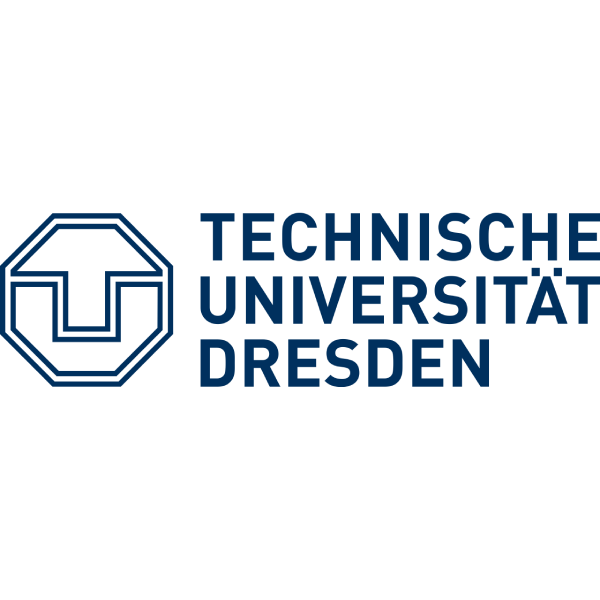Robots will be able to achieve wider variety of tasks efficiently thanks to advanced physical functionalities, capabilities and efficiency (faster, safer, more agile and precise, etc.)

Expected impact
IMPACT 1:
PRIMI embodied higher order cognition capabilities will support a wider variety of physical and social functionalities, which will enable advanced collaborative human-robot interaction scenarios that are not currently possible. These results will contribute to the progress toward “tomorrow’s deployable robots: efficient, robust, safe, adaptive and trusted”.
IMPACT 2:
Robots with greatly improved intrinsically safe and efficient physical interaction capabilities will enable advanced collaborative human-robot interaction scenarios that are not currently possible
PRIMI’s neuromorphic cognitive architecture will enable efficient human-robot interaction at natural speed. The high order cognition models of mental imagery and theory of mind will greatly improve robot’s self, environmental and social awareness, therefore its ability to safely operate in complex and unknown situations with humans by predicting in real time the consequences its actions.
These advanced interaction capabilities will enable a robot-led rehabilitation of post-stroke patients, which will be demonstrated in the clinical pilot studies that will involve at least 40 patients.
IMPACT 3:
Robots with improved abilities and robustness, allowing them to adapt to changes in the environment, and making them more energy efficient in order to run autonomously for longer periods of time while maintaining trustworthiness and dependability
PRIMI will deliver new computing and perception hardware and software that will result in a 5x reduction in energy consumption with respect to the best edge AI solution available on the market. This will result in longer autonomy and improved dependability also thanks to the reduction in heat produced by the computing and sensing. PRIMI will also target an increase in people trust (+30%) thanks to transparent learning and interaction with mental imagery and ToM.








